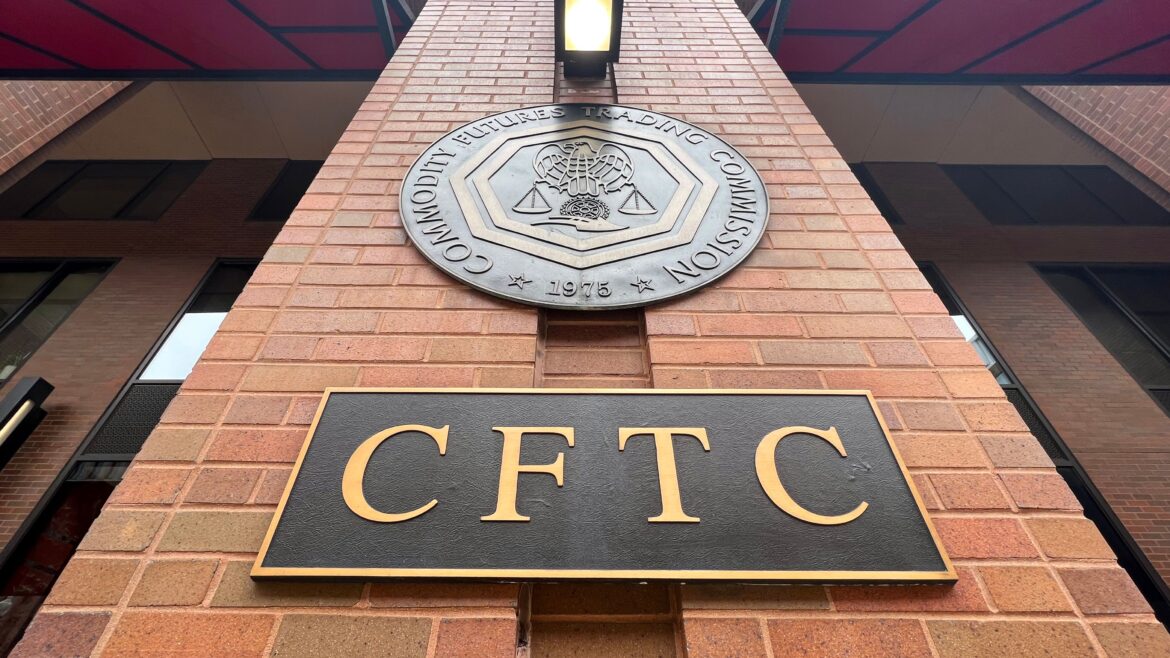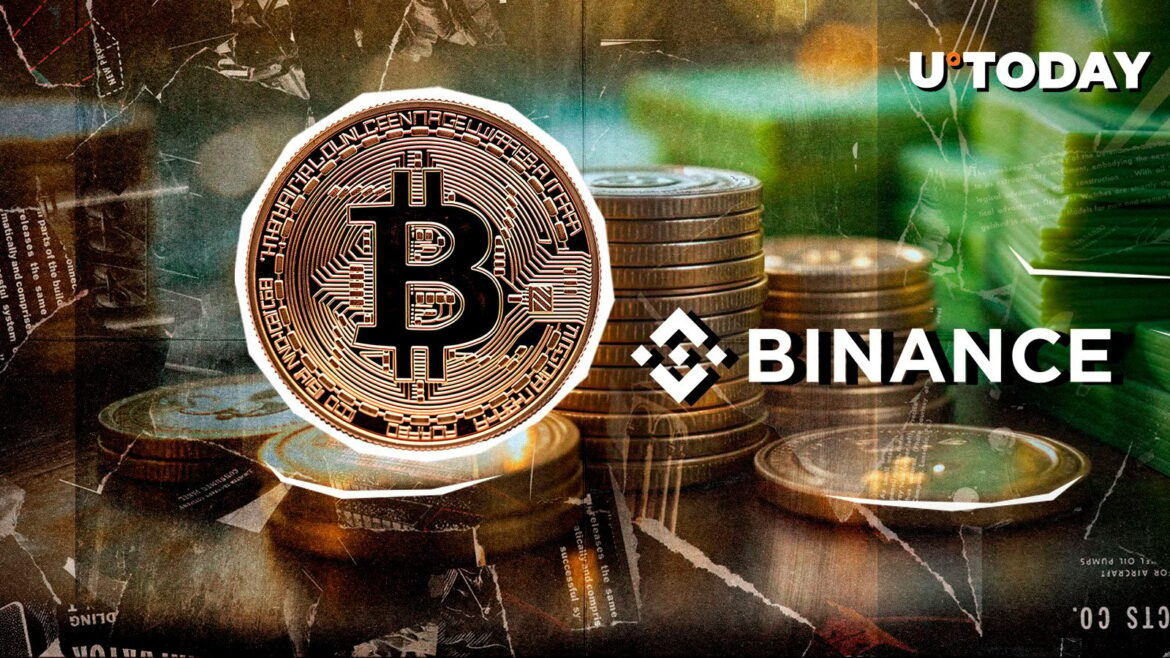aPriori has raised $20 million, bringing total capital to $30 million. The project, founded by alums from Jump Crypto and Citadel Securities, is building a blockchain-native order flow layer that segments and routes trades intelligently, aiming to reduce inefficiencies and MEV leakage for both traders and LPs.
Summary
- aPriori raised $20 million in a strategic funding round, bringing total capital to $30 million.
- Investors include HashKey Capital, Pantera Capital, Primitive Ventures, and IMC Trading.
- The funds will support the development of a blockchain-native order flow coordination layer.
According to a press release dated August 28, aPriori’s latest round was led by a consortium of heavyweights including HashKey Capital, Pantera Capital, and Primitive Ventures, with participation from IMC Trading, GEM, Gate Labs, Ambush Capital, Big Brain Collective, and others.
aPriori said the capital infusion will fuel the development of aPriori’s core infrastructure, which is being engineered specifically for high-performance Ethereum Virtual Machine environments, with the Monad blockchain as its primary launchpad.
Building the next layer of onchain market infrastructure
The latest $20 million round solidifies aPriori’s financial foundation, elevating its total funding to $30 million, with a majority of it earmarked for deploying the project’s core products, which form an interconnected system designed to fundamentally re-architect how value moves on-chain.
Per the statement, this includes the development of Swapr, an AI-driven DEX aggregator that does more than find the best price; it classifies the intent and potential impact of each trade in real-time. Concurrently, the team is building out its MEV-powered liquid staking protocol, engineered to capture extracted value and redistribute it back to stakers and validators, realigning incentives that are currently fractured.
aPriori noted that its active order flow coordination leverages artificial intelligence to perform instantaneous, real-time classification of incoming trades, segmenting them by quality and forecasting potential adverse selection before routing decisions are made.
This allows the protocol to protect liquidity providers from predatory arbitrage strategies while simultaneously offering tighter spreads to benign traders.
“We built aPriori on the insight that the same mechanisms which protected LPs and improved efficiency, combined with the active engines used at leading HFT firms to combat adverse selection, could be brought on-chain to transform how liquidity and order flow are managed,” aPriori founder Ray Song said.
Why aPriori chose Monad
According to the project, high-performance EVM environments are non-negotiable for this type of infrastructure. Monad’s design, which promises low latency and massively high throughput, removes the computational constraints that have often forced on-chain trading into a trade-off between decentralization, security, and performance.
For aPriori’s AI-driven routing and real-time segmentation to operate as intended, the underlying blockchain must be capable of processing transactions at a speed and scale that matches the demands of institutional-grade trading logic.










